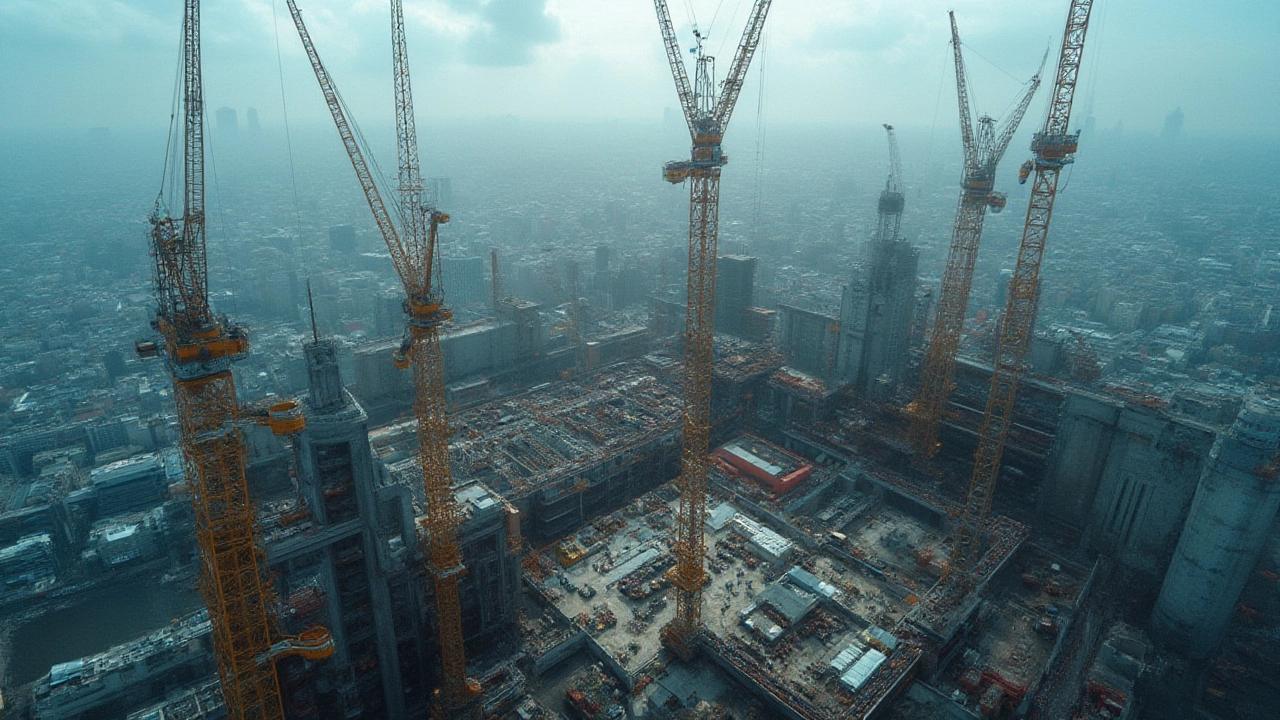Global Construction Giants: The Companies Driving Today’s Building Boom
If you’ve ever glanced at a city skyline and wondered who built those towering shapes, you’re looking at the work of a few massive firms. These global construction giants control huge budgets, manage thousands of workers, and decide which projects get the green light. Understanding who they are helps you see why certain designs dominate the market and where new opportunities might pop up.
Who Makes the List?
The names you’ll hear most often are China State Construction Engineering, Vinci, ACS Group, Hochtief, and Skanska. They each handle projects that range from massive highways in Asia to luxury hotels in Europe. What puts them on the top spot? Size of revenue, number of international contracts, and a track record of finishing big jobs on time. For example, China State Construction Engineering topped the 2023 worldwide rankings with over $200 billion in revenue, thanks to a flood of government contracts and private‑sector deals.
Vinci, based in France, is famous for its mix of construction and concessions. That means they not only build airports and rail lines, they also run them. This dual model creates steady cash flow that lets them invest in new technology. ACS Group from Spain follows a similar playbook, juggling civil works, residential towers, and even renewable‑energy installations.
German giant Hochtief focuses on large‑scale infrastructure, often partnering with local firms to navigate regional rules. Skanska, a Swedish powerhouse, leans heavily into sustainable building, making it a favorite for green‑certified projects across North America and Scandinavia.
Why They Matter
These firms shape trends because they have the resources to test new methods. When a global giant starts using modular construction on a skyscraper, smaller companies watch and copy the approach. That speeds up adoption of faster, cheaper building techniques across the industry.
They also drive the market for materials. A single contract for a new metro line can order millions of tonnes of steel, cement, and glass. Suppliers tune their production to meet such demand, which can affect prices worldwide. That ripple effect is why a delay on one project in China can push up material costs for a renovation in the UK.
For homeowners and small developers, knowing which giant is active in your region can guide decisions. If a major player has a reputation for high safety standards, subcontractors in the area often adopt similar standards, raising the overall quality of work you’ll see.
Finally, these companies are at the forefront of digital upgrades. From drones scanning sites to AI‑driven project management, the tech they invest in eventually trickles down to the everyday builder. So keeping an eye on what the big guys are doing helps you stay ahead of the curve.
In short, global construction giants aren’t just big names on a list—they set the pace for how and what we build. Whether you’re buying a home, planning a loft conversion, or just curious about the next city landmark, the moves these firms make will shape the built environment for years to come.

